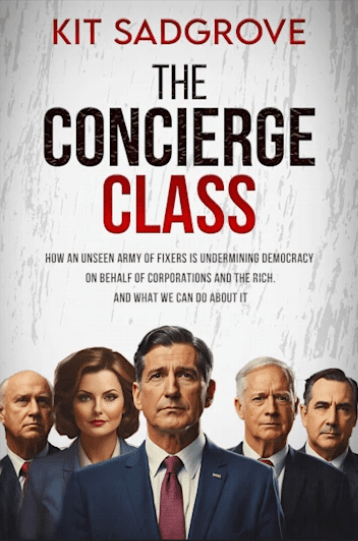Have you bought a £25,000 handbag recently? If so, congratulations, you’re a member of the wealthy.
And did your car cost more than £40,000?
If you answered either Yes or No to that second question, you aren’t wealthy. The right answer would have been, “I have a garage full of cars. In each of my houses. Which ones are you talking about?”
We’ve established that you aren’t stinking rich. So let’s take a closer look at those who really are extremely wealthy.
People who make money from the wealthy (the banks etc.) call them ‘high-net-worth individuals’ (HNWI).
They probably think it sounds less vulgar than talking about ‘our rich clients’.
HNWI refers to an individual with liquid assets (cash and investments you could sell today) above a certain figure, typically at least $1 million – and that’s ready money, not the value of your house and pension.
The HNWI population is divided into three wealth bands: Millionaires next door, Mid-tier millionaires, and Ultra-HNWIs. North America leads the world in HNWI wealth with 7.9 million individuals, followed by the Asia-Pacific region with 7.2 million, Europe with 5.7 million, and Latin America with 600,000.
An ultra-high-net-worth individual has a net worth of more than $30 million. In 2021, the wealth of ultra-high-net-worth individuals in the US increased by about 14%.
And all these individuals need the help of professionals to manage their money, their businesses and their properties. You can guess who I’m talking about: it’s the Concierge Class.
How did they get their wealth?
Many people assume the rich are entirely self-made. But it isn’t true.
Nearly 80% of The Forbes 400 richest people either inherited their wealth or grew up at least middle-class (https://www.forbes.com/sites/gigizamora/2023/10/03/the-2023-forbes-400-self-made-score-from-silver-spooners-to-bootstrappers/?sh=78c0dce332c5).
Only 10% of Forbes 279 self-made billionaires list once lived under the poverty line or faced substantial adversity on their journey to wealth.
The exceptions include hedge fund tycoon George Soros. He survived the Holocaust and put himself through college by working as a railway porter and waiter. And there’s the former Starbucks CEO Howard Schultz, who grew up in social housing.
But the most usual background for the wealthiest people in the USA is a from a middle-class or upper-middle-class background. That includes seven of the country’s ten richest people.
Jeff Bezos attended the prestigious Princeton University and then worked on Wall Street. His parents gave him nearly $250,000 to set up his online bookshop.
Mark Zuckerberg’s father and mother are a dentist and psychiatrist respectively.
Bill Gates’ dad founded a law firm, Shidler McBroom & Gates, now K&L Gates, and served as president of the Washington State Bar association.
So, mostly they got a leg up, and had family money. Having wealth in your family gives you the flexibility to try something new. Failure won’t ruin your life.
A middle or upper-class upbringing provides you with investors, because Daddy and his friends will lend you money. It gives you access to advice and expertise. Overall it increases your chance for success. And that’s why rich people generally comes from people whose family already had wealth.
Middle and upper classes pass on their superiority to their children
The children of the affluent have another advantage. They have an exaggerated belief in their competence, and think they’re more able than their equally capable lower-class counterparts.
That can be misinterpreted by others as greater competence, according to research published by the American Psychological Association (https://www.apa.org/news/press/releases/2019/05/social-class-exaggerated-belief).
“Advantages beget advantages,” said Peter Belmi of the University of Virginia who led the study. “High-earning entrepreneurs disproportionately originate from highly educated, well-to-do families,” he said. “Our research suggests that social class shapes the attitudes that people hold about their abilities. And that, in turn, has important implications for how class hierarchies perpetuate from one generation to the next.”
